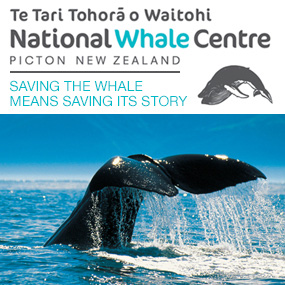Trapped in Museums for Centuries, Maori Ancestors Are Coming Home
Writing for Atlas Obscura, Ye Charlotte Ming has taken an in-depth look at the ongoing process of repatriation of Maori remains from international museums, quoting poet and musician Hinemoana Baker, researcher Amber Aranui and Te Arikirangi Mamaku, who has been Kaitohutohu Kōiwi Tangata (Repatriation Programme Coordinator) at Te Papa Tongarewa: Museum of New Zealand since 2009.
The museum’s Karanga Aotearoa Repatriation Program, established in 2003, has returned over 600 ancestors including toi moko [preserved heads] and the remains of Maori and Moriori people, an indigenous group that lived on New Zealand’s Chatham Islands.
Mamaku says that there was a time when European and American museums were simply not prepared to have conversations about repatriation, worried about the precedent it would set for other mortal remains and artifacts in their collections, many of which are entangled with colonial history. Often, multiple stars need to align for a claim to move forward, which includes the country’s political climate in dealing with its colonial legacy, the directorship of the museum, and whether the institution has policies in place on the issue. “We’re very patient,” Mamaku says. “We make multiple claims and requests throughout the year [in case] particular institutions or bodies of government need a little more time.”
But there are signs of change. “Over the last 10 years there has been a very deliberate, introspective look that museums have made towards decolonizing the collections,” Mamaku says.
Once the ancestors are returned to Te Papa, the museum will only serve as a temporary sanctuary before further research identifies their descendants or place of origin for return. According to them, museums have no right to categorize and keep human beings.
This year, the program was surprised by a European institution’s acceptance of a claim, filed 20 years ago. “We never thought it would ever be approved,” Mamaku says. “There’ll be a point in time when particular institutions are left being the lone voices among the chorus of singing songs, rejoicing, and unity. Eventually, those dissenting voices will see that there isn’t anything wrong with [acknowledging] these ancestors not as objects, but as people.”
Original article: AtlasObscura.com, 14 January 2021
Photo: Kate Whitley, Te Papa














